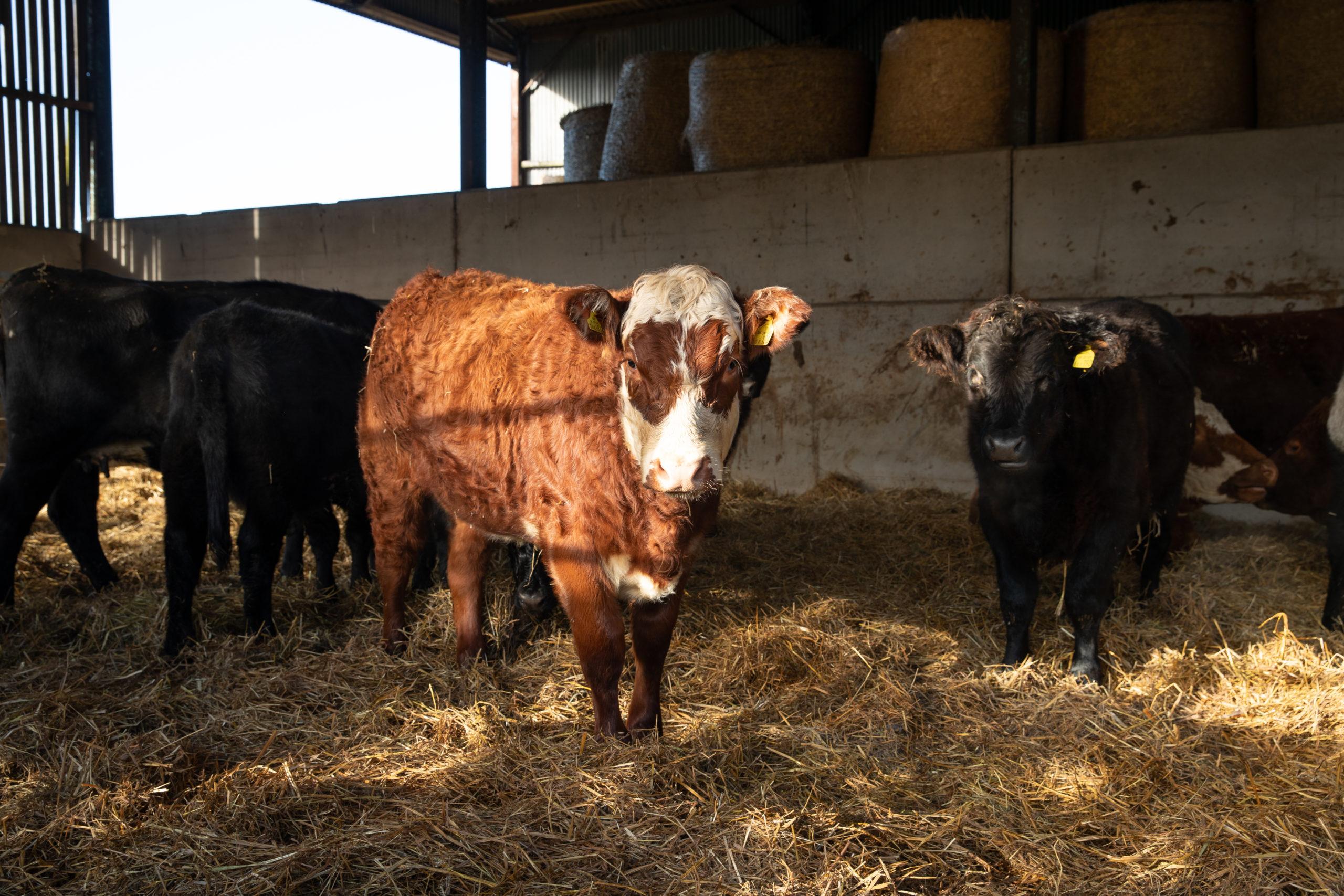Red Tractor Beef and Lamb Standards 2018
Back to Standards
Red Tractor is considered world leading in farming standards. That's why when you see the Red Tractor logo you can be confident your food and drink is traceable, safe and farmed with care.
To be Red Tractor assured, our beef and lamb farmers must work tirelessly to maintain a rigorous set of standards that keep animal welfare at their core and ensure we can deliver full supply chain traceability and safety.
Take a look at some of our beef and lamb standards…
-
Our Beef & Lamb Standards

-
Anyone working on a Red Tractor certified farm must be trained and demonstrably competent to carry out their role
-
All cattle have a UK passport and receive 2 tags within 20 days of their birth to maintain traceability
Sheep must be identified, and records kept maintaining traceability
-
Safe, comfortable and hygienic housing must be available for all cattle and sheep
This means:
- Housing must be constructed and maintained to provide a safe and secure environment for livestock
- Housing must be well ventilated
- Conditions in housing must be maintained so that livestock are able to keep clean
- Safe, suitable and legal bedding is provided in lying areas
- Housing must be lit to allow normal behaviours, rest and effective inspection of livestock
-
Cattle and sheep must have sufficiently sized housing and be kept in appropriate groups
Why do they need to be certain groupings?
Cattle need to be housed in their peer groups, meaning the farmer must take into account age, size and gender. This is because cattle have a hierarchy of status and can occasionally bully others to assert their status. Appropriate groupings prevent behaviour like this.
-
Cattle and sheep being kept outdoors must have access to shelter and a dry lying area
-
The animals must receive a full, healthy diet
The feed they receive must be suitable, clean, traceable and palatable
-
The health and welfare of the cattle and sheep must be proactively managed
Every farm must have a Livestock Health Plan and complete an annual health and performance review performed by a vet
-
Every certified farm must have a Farm Biosecurity Policy to help prevent the spread of disease and protect food safety and animal health
-
The health and welfare of livestock must also be well managed during transportation
This means:
- Headroom that allows livestock to stand in a natural position
- Non-slip flooring
- Free from injury risk (sharp edges/ projections)
- Facilities that allow livestock to be inspected, including lighting
- Adequate ventilation
- Vehicles fitted with roof to protect from weather
Did you know…
Unlike some other countries around the world, Red Tractor does not permit the use of hormones or antibiotics to promote growth. Over the last decade, British farmers have significantly lowered antibiotic use and now have some of the lowest usage rates in the world.
Red meat is one of the richest sources of essential nutrients such as iron, zinc and B vitamins in the diet, as well as a significant source of protein.
The carbon footprint of beef in the UK is almost half the global average.
Meet Red Tractor Beef and Lamb Farmer, Richard
Standards vary hugely throughout the world and what's commonplace in other countries is actually illegal here. So just by looking for the Red Tractor you can see that it has been produced to British standards and is British food

Although the main role of a beef and lamb farmer is to care for their livestock, we often underestimate what a huge role it is to maintain and look after the land on the farm as well.
"The whole ecosystem runs off this farm so as well as all the livestock and sheep, we've got all the deer and the hares and the foxes and all the wildlife that rely on this farm. So it's up to us to keep the place in good shape and manage the countryside as well as our animals and crops"

Everything Richard does on his farm can have an impact on the environment. Which is why last year he conducted a full audit of his farm's carbon footprint to help him and his team identify where they can make improvements and where they're performing at their best.
"We did a massive farm audit of our carbon last year and then we can work out from there where our most carbon efficient areas are and where we need to improve. For instance, we're now reducing the fertilizer on our grassland to try and make ourselves more environmentally sensitive and produce beef with a much lower carbon footprint"

Most of the year Richard's cattle are outside grazing on fresh, green grass, but during the winter, they are brought inside to keep them warm and preserve the grassland.
"Most of the year they're outside on the grass and that's what they eat all summer long, but we bring them inside for winter because the grass gets too wet, and the soil gets really muddy. That's when we put them onto silage so this is all grass grown on the farm in spring and then we wrap it up and we store it so it can pickle and preserve its goodness for them to eat during the winter"
Source: https://redtractor.org.uk/our-standards/beef-lamb/
0 Response to "Red Tractor Beef and Lamb Standards 2018"
Post a Comment